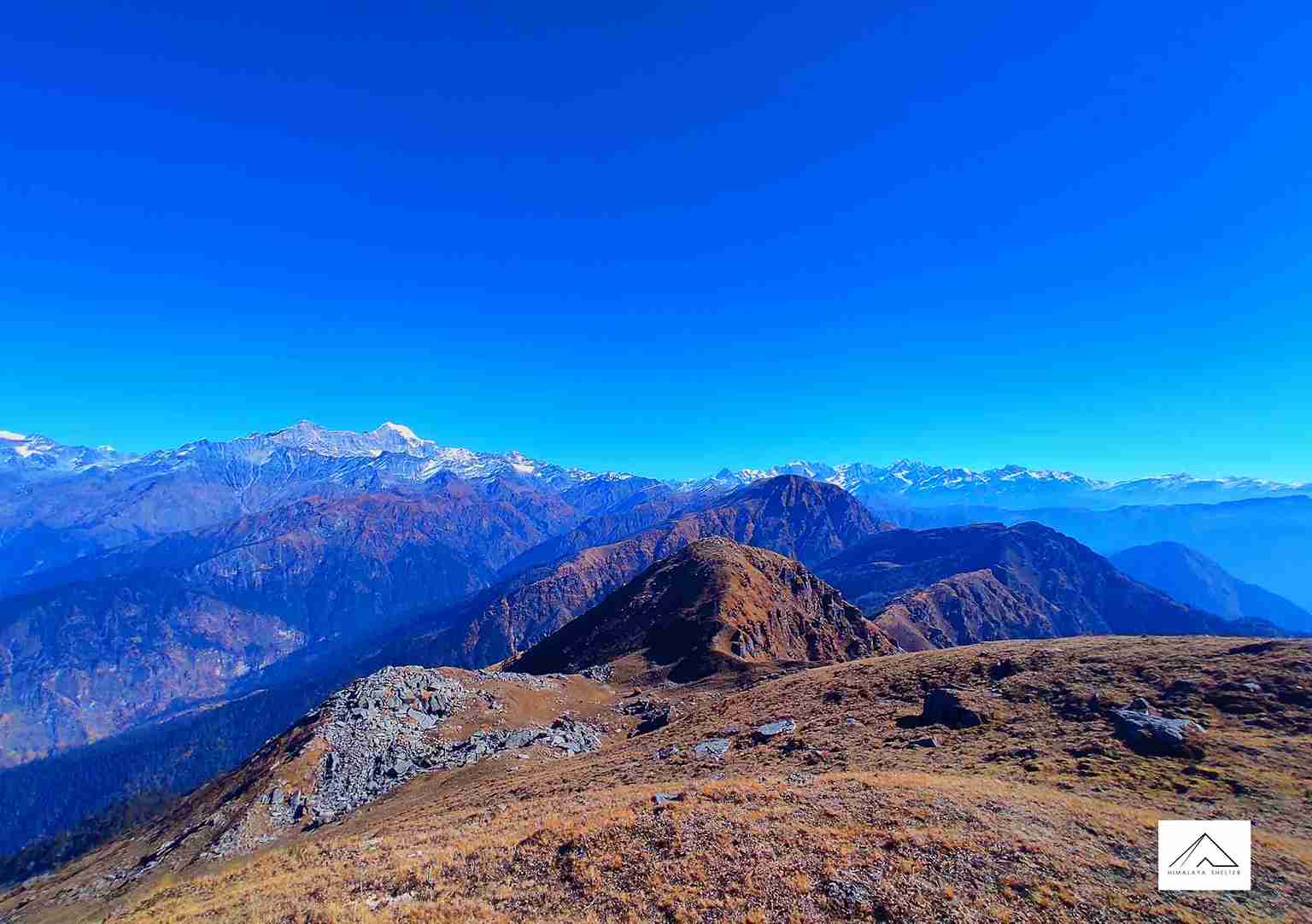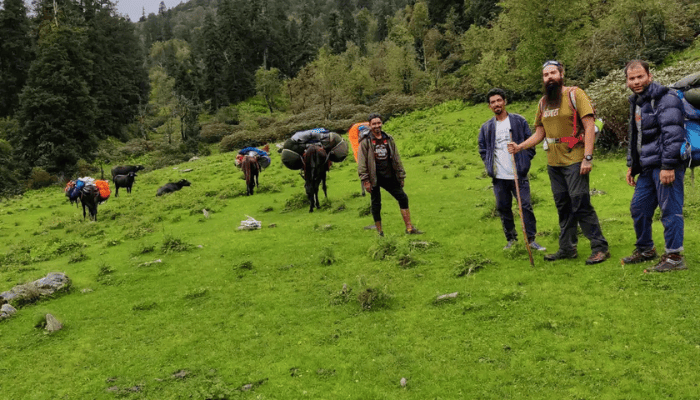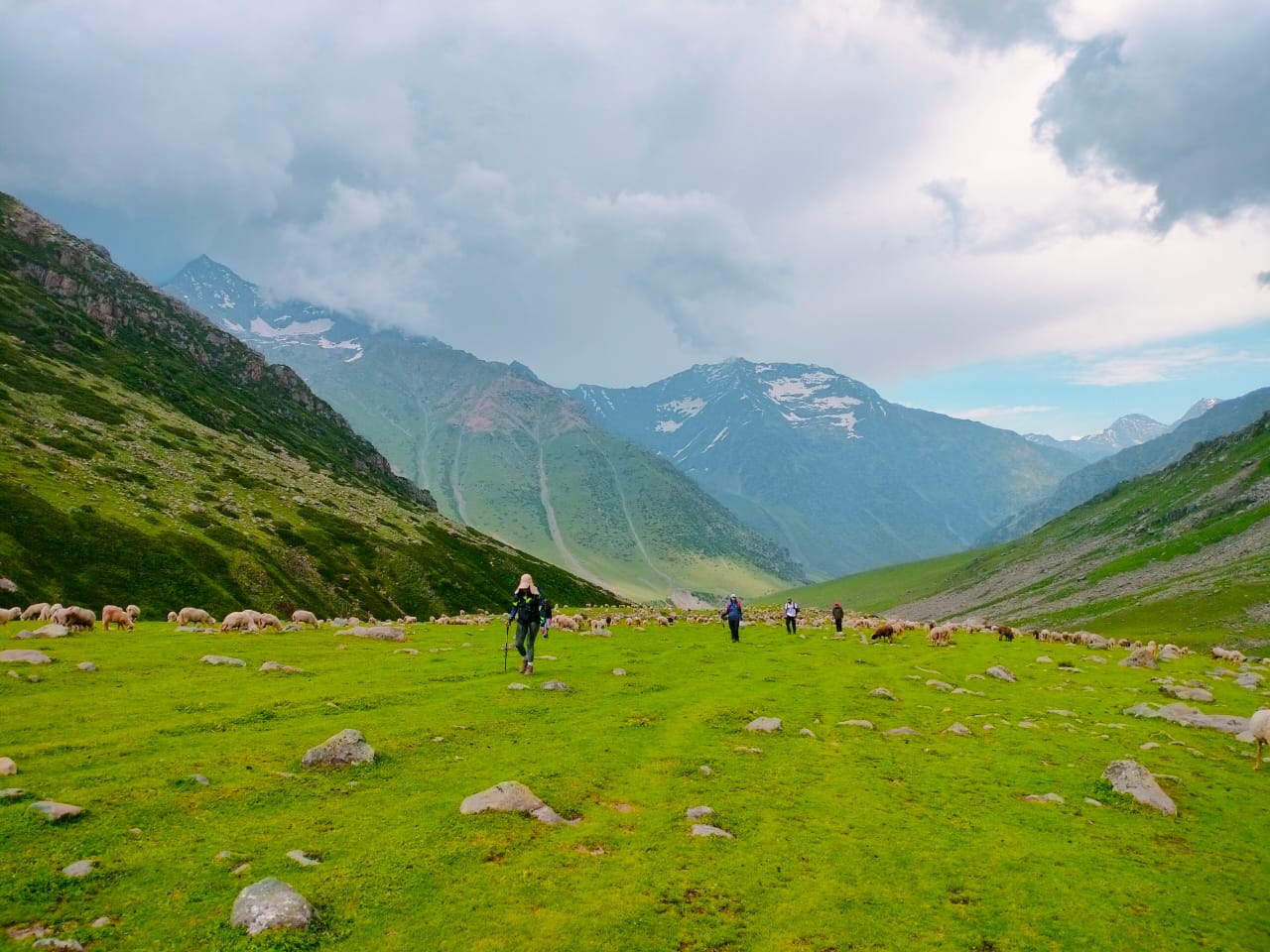
Ultimate Back Packing Guide :
The Ultimate backpacking List for Multi-Day Treks: Some of the equipment that cannot be overlooked is the following. However, especially while planning for a multi-day trek, understanding efficient and clever packing makes the major difference between a successful and an enjoyable trip and vice versa. It helps you prepare for different climates, and safety measures and get the best out of your trips. Below are day-by-day instructions that should help backpack for the 5-7-day trekking trip, this is your Ultimate Back-packing guide for a perfect trek.
How to Backpack is a perfect travel guide for a memorable trek. So, let’s find out more about good backpacking tips.-
But why Ultimate Back-packing guide?
I wanted to write an article on this area as it plays a key role in the overall wellness of the trekking journey. but one often needs to take the necessary measures to have the best outcome of a trek, both mentally and physically. some say treks also help you grow spiritually.
but no matter what the growth is one needs to take backpacking very seriously as it may weigh down the potential of a trekker and slows them down. Sometimes over-packing would lead to fatal conditions! this is the reason I wanted to bring to you the “Ultimate Back backpacking guide.
Backpack

Your backpack is probably the most important item of equipment you will ever own. Maybe it is better to carry an excellent, ergonomically friendly backpack appropriate for the length of the hike and one’s body type.
- Capacity: When it comes to long routes lasting for more than a single day, a backpack with a volume of 50 to 70 liters is appropriate. This size I believe is good enough to store a lot of items but at the same time manageable.
- Features: When making your selection, consider a cushioned shoulder harness, hip belt, venting, and multiple pockets for all your gear.
Shelter

Correlatively, a good and proper refuge guarantees that it will provide you with a comfortable shelter each night.
- Tent: Select a tent with the least weight, is waterproof, and is of the size that can comfortably fit the number of hikers. The solo trekker needs either a two-person tent or a group needs four four-person tent is sufficient and comfortable.
- Sleeping Bag: Choose a sleeping bag that suits the climate of the environment you will be in especially during the night. Specifically for cold climates, it is necessary to take a bag that is suitable for temperatures below freezing. The type of sleeping bag required for warmer climates is a three-season or summer sleeping bag.
- Sleeping Pad: A sleeping pad provides an additional thermal barrier and softness on top of the tent floor. Choose a well-packed, small, and light option with a good R-value for insulation during freezing weather.
Clothing
The clothing to carry is a very sensitive aspect of hiking since it shields the body from various forces of nature.
- Base Layers: Use base layers manufactured from Merino wool and/or special synthetic fabric for moisture management. It is these that keep you dry and warm as they pull sweat from your skin.
- Insulating Layer: A fleece or down jacket adds thickness to the body and it is useful during very cold nights or while on high ground.
- Shell Layer: A jacket offers you a barrier against rain and wind and in some models is also waterproof. To add to the comfort one might consider using the vest made of breathable material like Gore-Tex.
- Trekking Pants and Shorts: Choose light materials, and its capability to dry out is fast. When the weather changes, you’ll find it useful to have pants that can be converted into shorts for yourself.
- Hats and Gloves: Bring a scarf and mittens if the climate is cold and also a cap that is sensitive to UV radiation if you are going to one geographical region.
Footwear

The hiker requires proper shoes for their comfort and safety, especially while on the trail.
- Trekking Boots: Select strong and waterproof shoes that have good coverage on the ankles and should have a non-slip surface. Wear them before your trek to avoid the sharp pain of blisters.
- Camp Shoes: Camp shoes, or light-weight flip-flops as these are comfortable after a day of walking.
- Socks: Bring multiple sets of dry fit and cushion footwear accessories such as socks. Merino wool socks are perfect; they do not absorb moisture and are rather warm.
Cooking Gear
During a trail, the cook needs sturdy and lightweight appliances for food preparation.
- Stove: Whereas, a foldable and easily portable stove can be quite helpful for boiling water and other types of cooking. Select a stove that will use the kind of fuel that is easily available in your region.
- Cookware: A small, tough, and invulnerable cooking pot and the pan or skillet are inevitable.
Food and Hydration
Taking foods and accordingly maintaining the required fluid intake with the body is very important to produce resources in the form of energy and to sustain health.
- Food: Include High energy-dense foods that are usually light when carried, ready to prepare. They offer freeze-dried meals, energy bars, nuts, and dried fruits as food options.
- Water: Water filters or purification tablets are a must to have to be able to drink water from natural sources. All women should ensure that they have a hydration reservoir or at least two water bottles within their easy reach.
Navigation Tools
When it comes to new territory, one needs the right equipment and gadgets.
- Map and Compass: Physical maps and compasses are also useful because they are backups in case all electronic tools are lost. It is advisable to become acquainted with its application before the trek.
- GPS Device: Navigation can be a problem on certain trails, but by using a handheld GPS device or a smartphone with GPS function one should be able to find their way.
First Aid Kit
There should also be adequate first aid kits to contain minor injuries and medical emergencies on the trial.
- Basic Supplies: I need to have adhesive bandages, antiseptic wipes, pain relievers, blister treatments, and any medications that I need to take personally.
- Emergency Items: Other safety gear to include are a whistle, multi-tool, and thermal blanket in case of an eventuality.
Personal Hygiene
When on the trek, privacy and cleanliness are important for a healthful and comfortable experience.
- Safety Gear: Personal protective equipment is essential so that producers can maneuver in the various likely dangers.
- Headlamp: At sundown, you must carry a good quality headlamp with extra batteries for walking and setting up the tent and other items in the darkness.
- Emergency Kit: Some of the recommended items are an emergency bivvy bag, fire starting kit, and signaling which could be in the form of a mirror or flare.
Additional Essentials
Consider packing the following items to enhance your trek: Consider packing the following items to enhance your trek:
- Trekking Poles: You can protect your knees and gain support on steep hills or when descending by collapsing your trekking poles whenever necessary.
- Camera or Smartphone: Take pictures to preserve your experiences or use a camera or your mobile phone. Make sure it’s in a waterproof bag.
- Sunglasses and Sunscreen: Minimize sun exposure in terms of light by wearing proper sunglasses and taking adequate measures when applying sunscreen.
Conclusion
One has to choose the functional clothing and equipment that will meet the needed requirements for the several-day trial. From the right backpack, choosing the appropriate shelter, putting on the right clothes as well as packing safety gear, every item on this list is vital on your trekking trip. We systematically and carefully pack this way to accommodate as many necessary items as possible, getting ready for the wonders of the trailhead. Therefore, backpack your bag, cross developments on your list, and proceed on your subsequent trekking adventure with adequate preparation.
One has to choose the functional clothing and equipment that will meet the needed requirements for the several-day trial. From the right backpack, choosing the appropriate shelter, putting on the right clothes as well as packing safety gear, every item on this list is vital on your trekking trip. We systematically and carefully pack this way to accommodate as many necessary items as possible, getting ready for the wonders of the trailhead. Therefore, pack your bag, cross developments on your list, and proceed on your subsequent trekking adventure with adequate preparation.
Contact Details:
Himalaya Shelter organizes customized trekking programs for Winter treks, Summer treks, Monsoon treks, High mountain passes treks, Glacier treks, Cultural Exploration treks, and many others. With Himalaya Shelter, you can expect to get the best trekking experience by trekking with trained trek leaders, getting excellent quality equipment, and enjoying delicious meals while savouring the beauty of Mother Nature. For more details Contact Us on…
Contact No: +91 9458386006
Email ID: info@himalayashelter.com
In Himalaya Shelter, we provide you with the option to customize your trekking experience. Whether you’re a solo traveller, a group of friends, or a family, you can opt for our personalized tailor-made trekking program. This customized trek will be exclusively designed for you, taking into account your specific requirements for transportation, accommodation, meals, and any other premium facilities you may need during the trek. No other participants will be added to your group. Choosing a customized trek will enable you to fully enjoy the trek with your loved ones.
About Author

Himalaya Shelter
Recent news

07 Jan 2026

06 Jan 2026

03 Jan 2026

